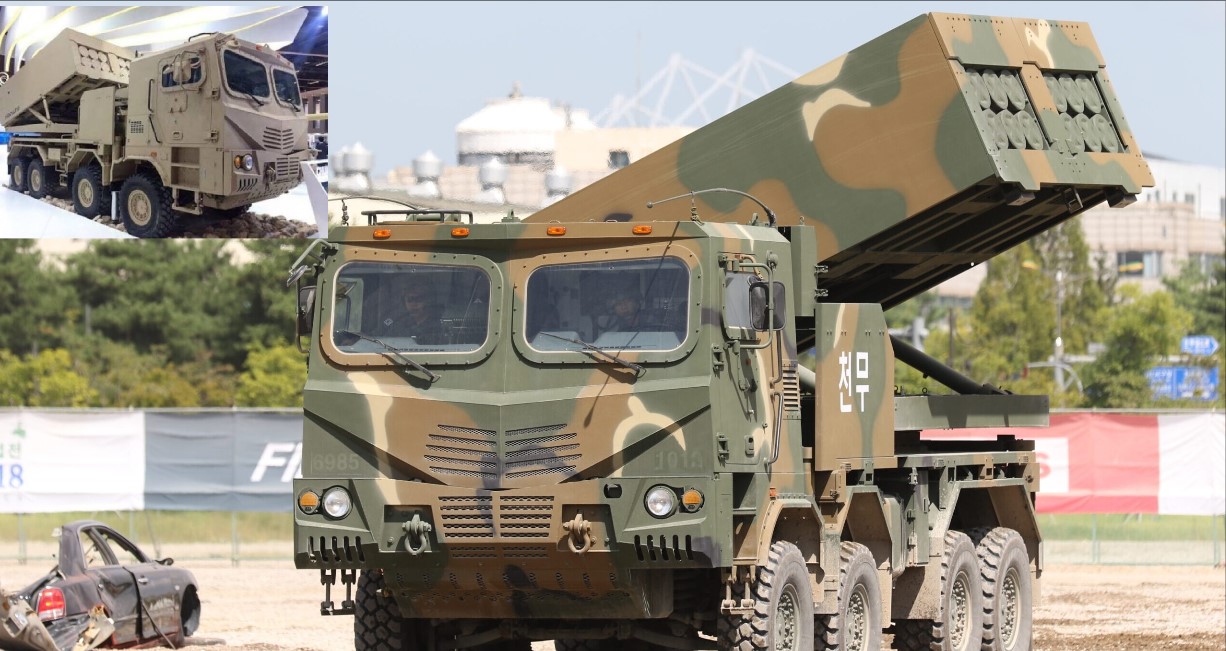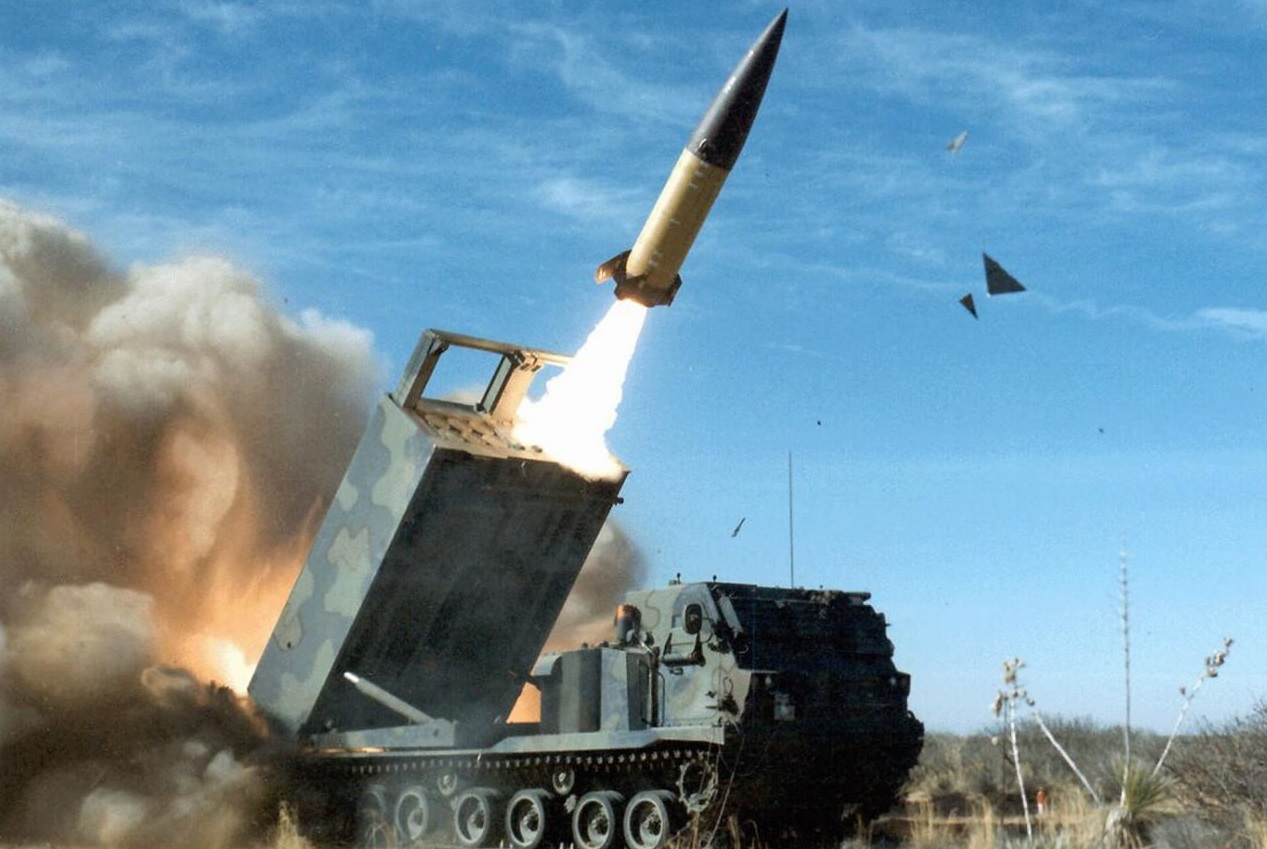Biden's High-Stakes Call: Allowing Ukraine to Strike Russia with Long-Range Missiles Sparks Fears of World War III

President Joe Biden’s recent decision to allow Ukraine to use U.S.-supplied long-range Army Tactical Missile Systems (ATACMS) to target Russian installations represents a marked shift in U.S. policy toward the Russia-Ukraine conflict. This significant authorization not only opens the door to Ukrainian attacks deeper into Russian-held areas but has raised concerns globally about the potential escalation into a broader war. With only two months remaining before President-elect Donald Trump takes office, this policy shift comes at a critical juncture, especially given Trump’s skepticism about continued military support for Ukraine.
The ATACMS and Its Implications
The ATACMS missiles, with a range of approximately 190 miles, now allow Ukrainian forces to strike Russian military sites previously out of reach. While these missiles have been part of the U.S. support arsenal for some time, their use had been restricted to defensive operations within Ukrainian borders. Biden’s authorization changes this, effectively enabling Ukrainian forces to hit high-value targets within Russia itself. One area already targeted includes the Kursk region, where Russian forces have seen recent reinforcements from around 10,000 North Korean troops, a new ally in Russia’s efforts against Ukraine.
The decision to unleash ATACMS strikes on Russian territory, particularly with North Korean forces now in play, reflects the increasingly international nature of the conflict. U.S. officials and analysts note that North Korea’s involvement has created added urgency for Ukraine and its allies to counteract Russian gains swiftly. By aiming these high-powered missiles at Russian military hubs in Kursk, Ukraine can potentially disrupt both Russian and North Korean operations, though this comes with clear risks.
Potential Impact and Risks of Escalation
For the Biden administration, this shift is as much a calculated risk as it is a signal of U.S. support for Ukraine. Some advisors see it as an effective measure to pressure Russia and deter North Korean involvement. However, others warn that such strikes on Russian soil might prompt an unpredictable response from Moscow. With Ukraine’s counteroffensive in August already straining relations, Biden’s green light on long-range missiles could provoke retaliatory steps from Russia, especially as Russian President Vladimir Putin has recently expanded his nuclear missile doctrine.
Under the new doctrine, Russia asserts its right to deploy nuclear weapons preemptively if it feels an existential threat. This change highlights Russia’s readiness to escalate defenses if Ukraine, backed by U.S. support, poses what it perceives as a serious internal threat. This doctrinal shift, coupled with recent missile developments, has intensified worries in NATO countries about where the line might lie between conventional conflict and nuclear engagement.
Strategic Implications for the U.S., NATO, and Ukraine
The ATACMS authorization, though providing Ukraine with a strategic advantage, comes with practical limitations. Ukraine’s stockpile of these missiles is limited, and supply lines from the U.S. are already stretched. Despite the missile’s powerful reach, experts caution that this tactical boost may not fundamentally alter the war's trajectory. The risk, however, is that Russia could view continued support for Ukraine as a direct provocation, which may lead to expanded retaliatory strikes or an intensification of Russian aggression.
With the U.S. taking this stance, other NATO allies, such as the United Kingdom and France, may also reconsider restrictions on their own long-range weapon systems, potentially providing further military resources to Ukraine. The ripple effect of such decisions could reshape the conflict, possibly provoking a larger confrontation, even as Biden’s team debates the long-term implications.
A Last Stand Before a Shift in U.S. Leadership
The timing of Biden’s decision is pivotal. In two months, President-elect Donald Trump, known for his cautious stance on Ukraine, will take office. Trump has previously voiced skepticism about U.S. financial and military commitments to Ukraine, suggesting that Biden’s authorization might be a final effort by the outgoing administration to bolster Ukraine’s defenses before a potentially more restrained approach is implemented.
In the days ahead, international observers will be watching to see how Russia responds to Ukraine’s newfound ability to reach its borders with long-range missiles. As Russia, Ukraine, and their allies brace for the fallout, Biden’s authorization marks a critical juncture in this volatile conflict, raising questions about how far the conflict could escalate and whether a broader confrontation might indeed be on the horizon.


